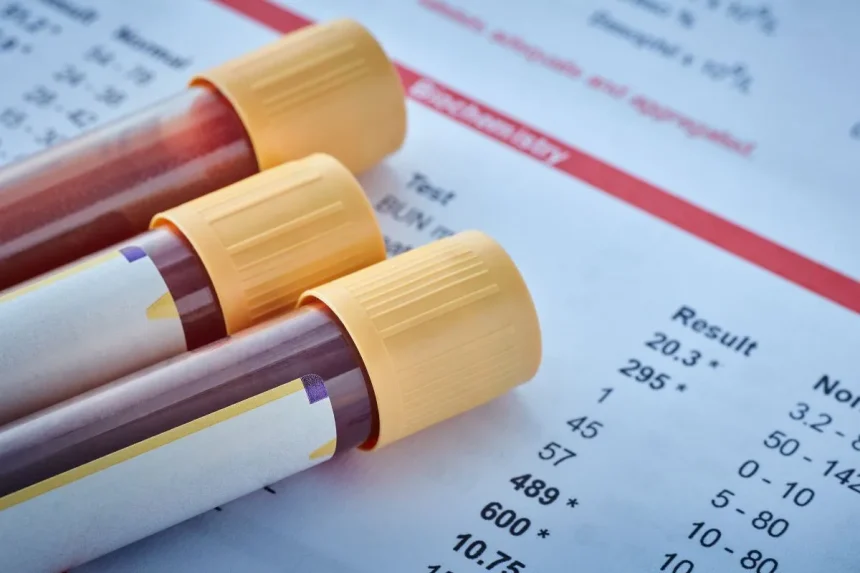Introduction
Blood type distribution plays a crucial role in medical practices, from blood donations to the management of blood-related health conditions. Understanding these trends helps in ensuring a steady supply of compatible blood for transfusions and other medical needs. As we move into 2024, analyzing the distribution of blood types across the United States provides valuable insights into current health trends and the ongoing need for targeted public health initiatives.
Overview of Blood Types
There are four primary blood types in the ABO blood group system: A, B, AB, and O. Each of these blood types can be either Rh-positive or Rh-negative, leading to eight possible blood types. The distribution of these blood types varies among different populations and can significantly impact blood donation and transfusion strategies.
Current Distribution Trends
Recent data reveals that the distribution of blood types in the US has remained relatively stable, with some notable shifts and patterns:
- Type O: The most common blood type in the US is Type O, which is crucial for emergency transfusions due to its universal compatibility. Approximately 45% of the US population has Type O blood, making it a vital component of blood banks.
- Type A: Blood type A is the second most common, found in about 40% of the population. This type is further divided into A-positive and A-negative, with A-positive being more prevalent.
- Type B: Representing roughly 11% of the population, Type B is less common but still essential for specific medical needs. Like Type A, it is divided into B-positive and B-negative types.
- Type AB: The rarest blood type, AB, is present in approximately 4% of the population. Despite its rarity, AB-positive individuals are universal recipients, able to receive blood from any type.
Trends and Implications for 2024
- Increased Demand for Type O Blood: Due to its universal compatibility, Type O blood continues to be in high demand. Blood banks often experience shortages of Type O, particularly during emergencies or large-scale disasters.
- Shifts in Blood Type Distribution: Recent demographic shifts and migration patterns may influence the distribution of blood types. Areas with high migration rates might see a more diverse range of blood types, impacting local blood donation strategies.
- Public Awareness and Donor Recruitment: Efforts to raise awareness about the importance of blood donation are crucial. Targeted campaigns can help address specific shortages and encourage donors from diverse demographic groups.
- Technological Advances: Advances in blood typing technology and data analytics are improving our ability to track and predict blood type distribution trends. This can lead to more efficient management of blood resources and better preparedness for emergencies.
Conclusion
Analyzing blood type distribution trends in the US for 2024 highlights the ongoing need for effective blood donation strategies and public health initiatives. By understanding these trends, medical professionals and blood banks can better prepare for the future and ensure that all patients receive the care they need. Continued public education and donor recruitment efforts are essential in maintaining a stable and sufficient blood supply.
Get more info: https://www.timelinetale.com/


